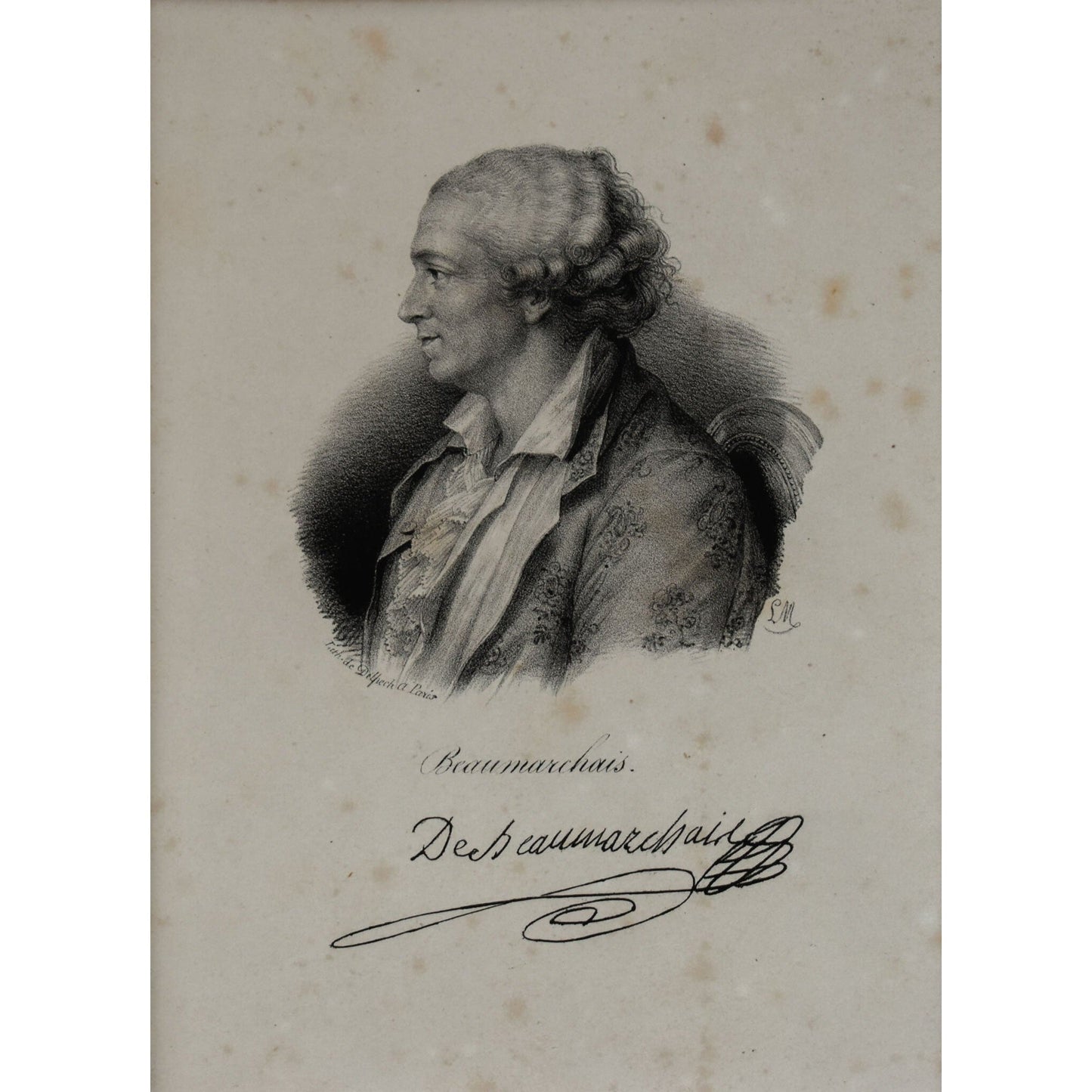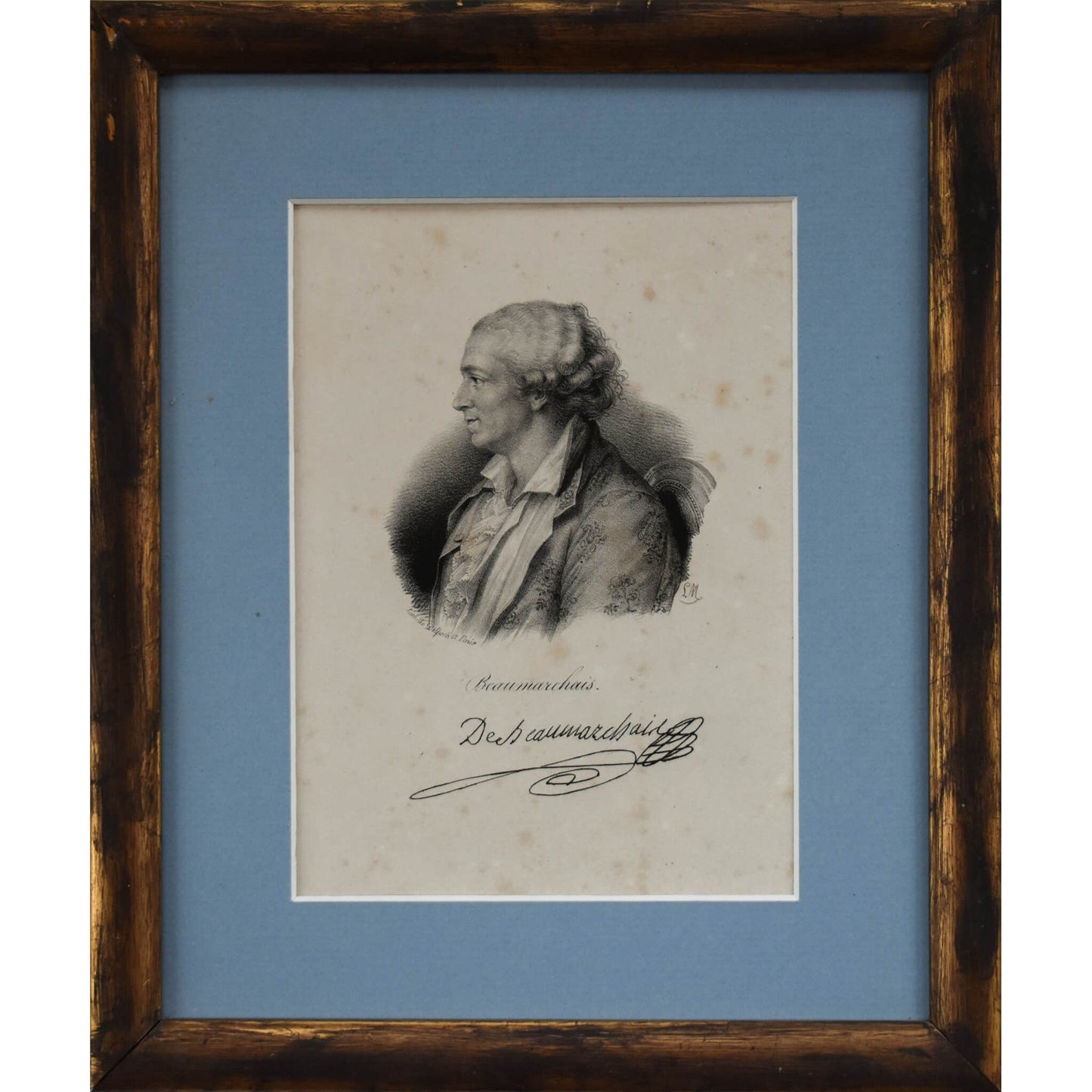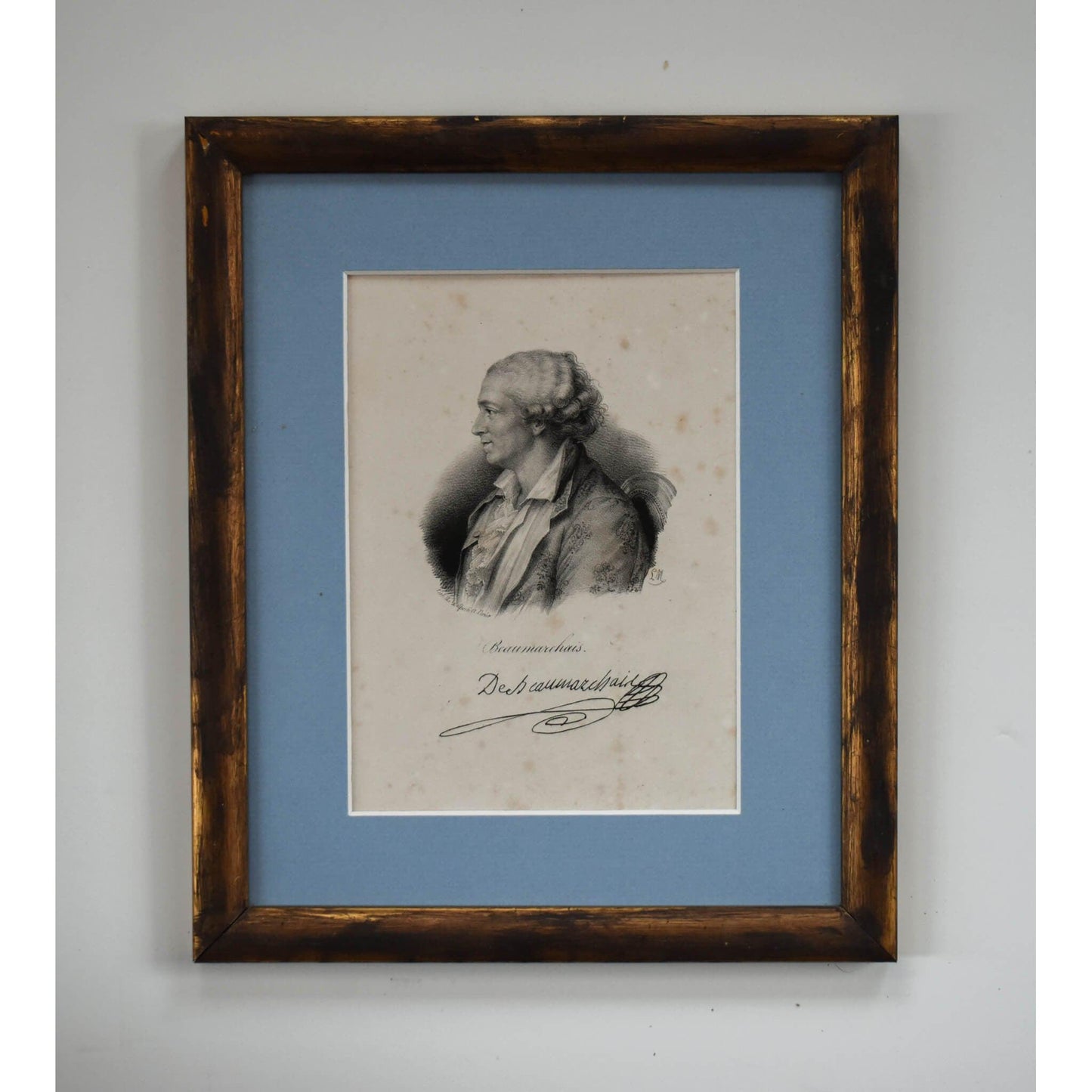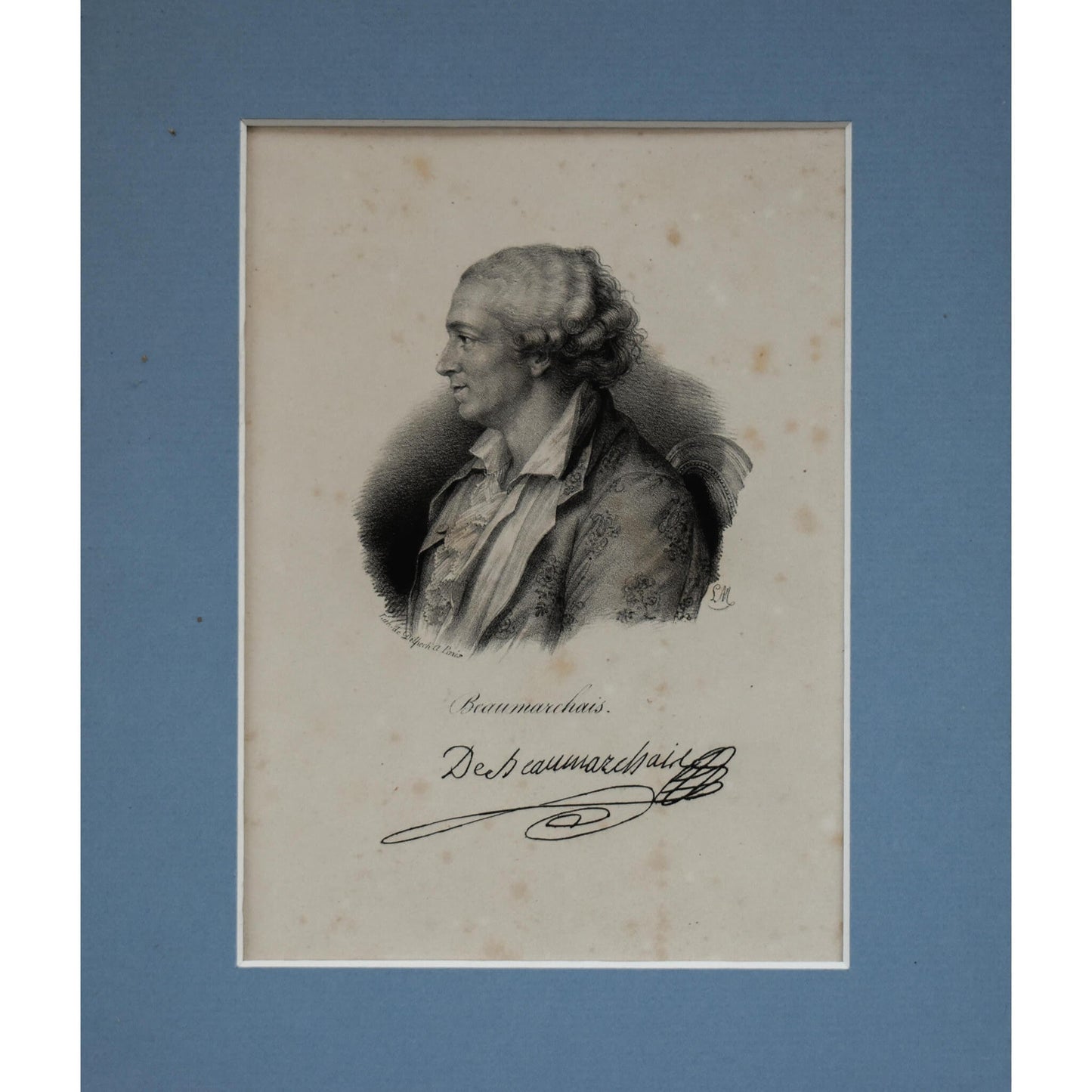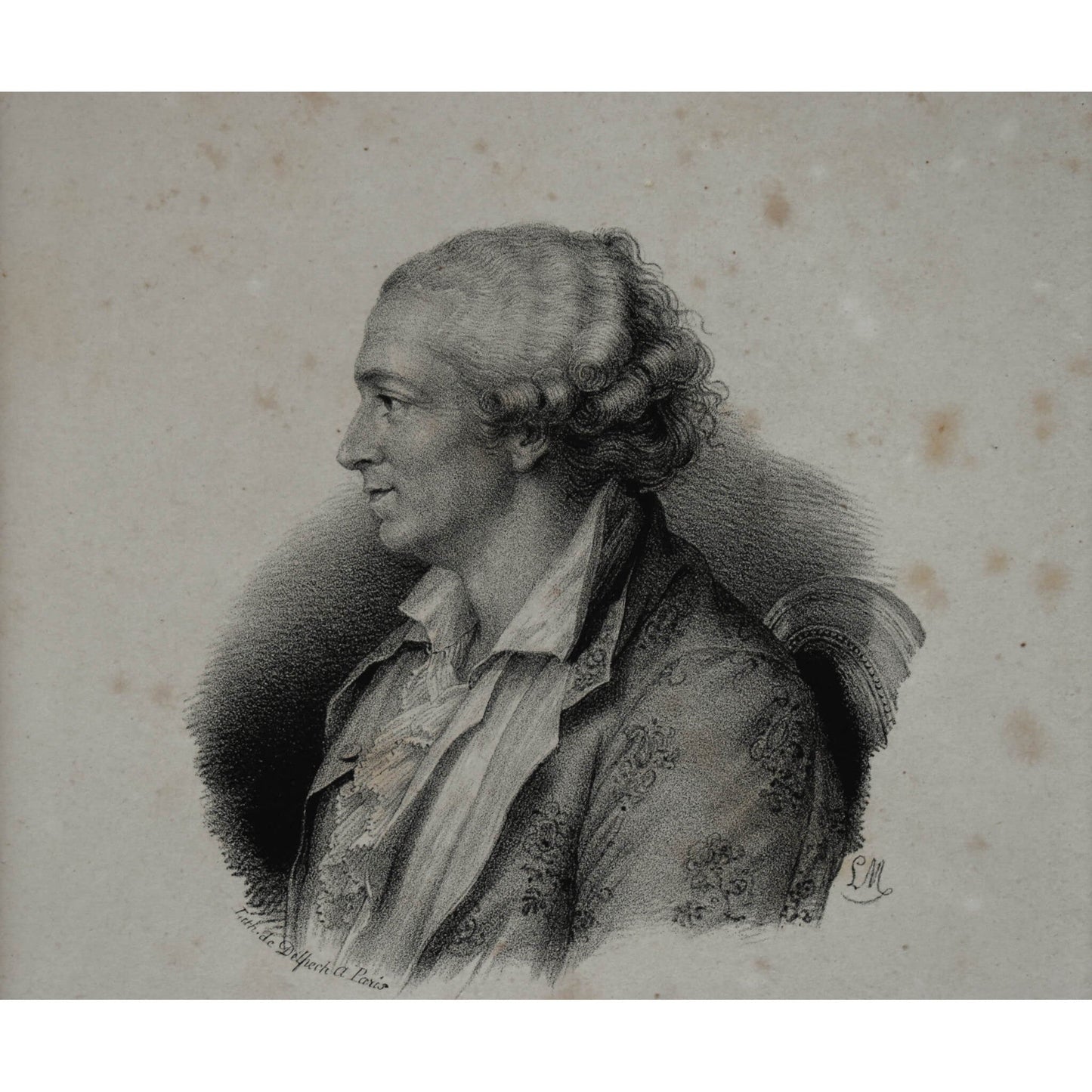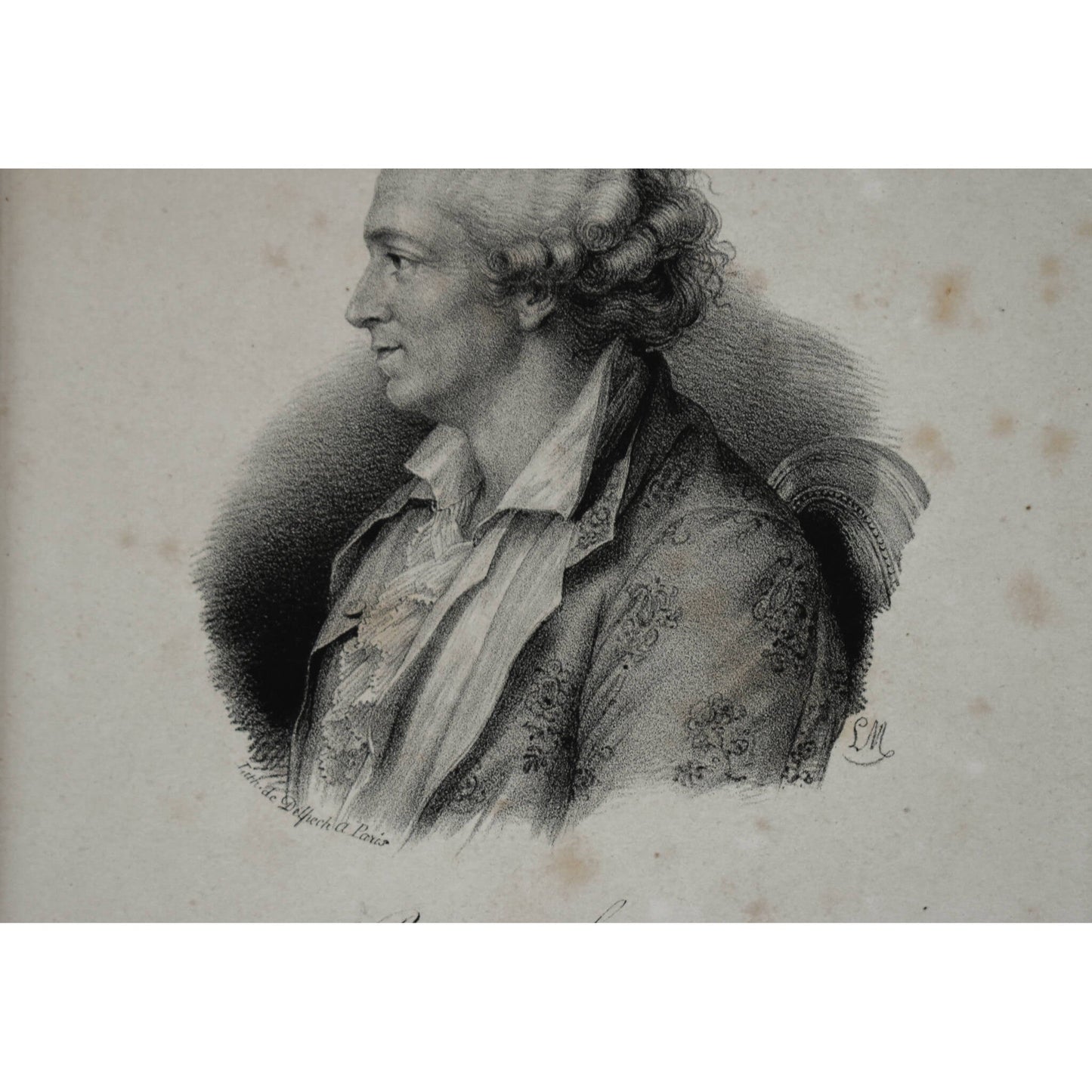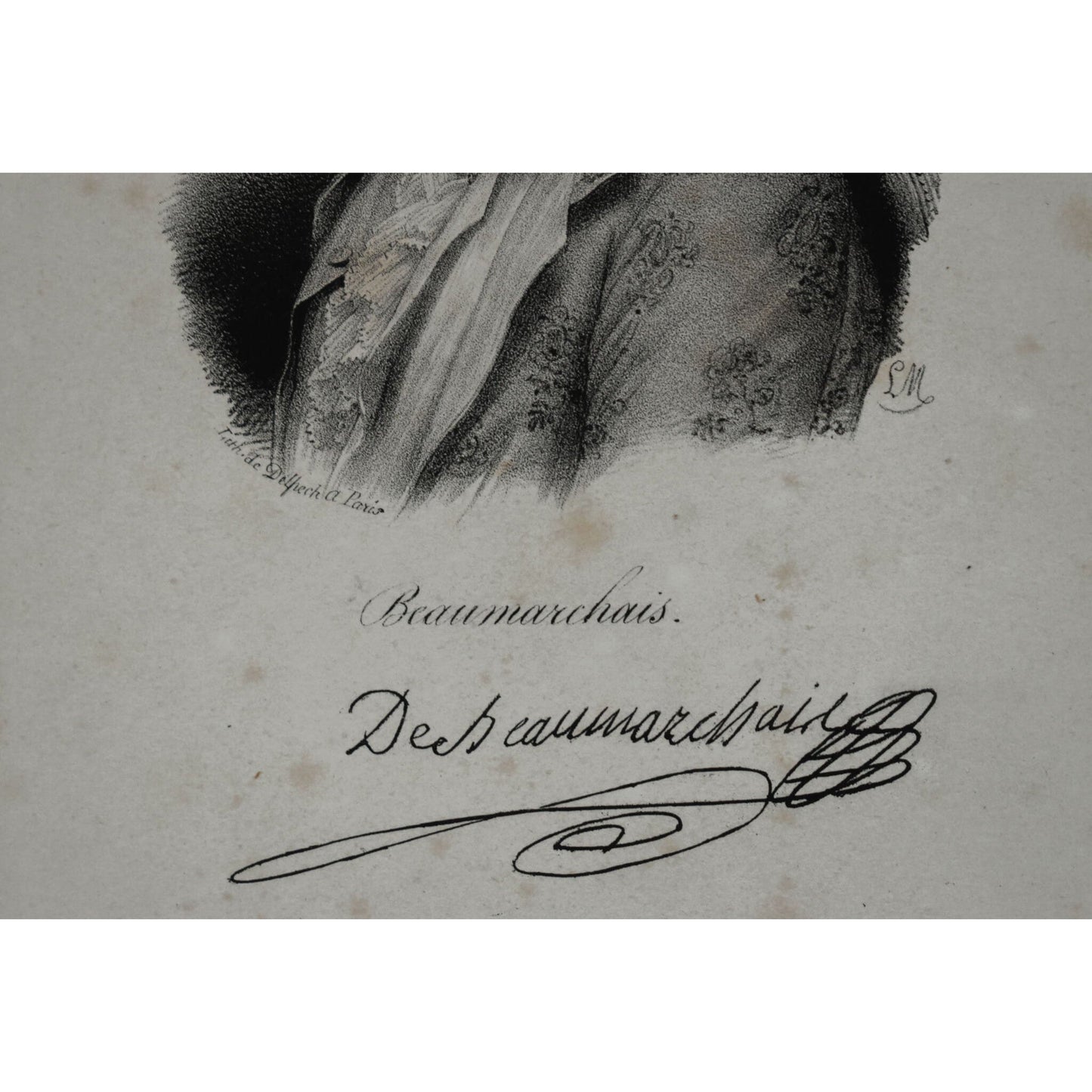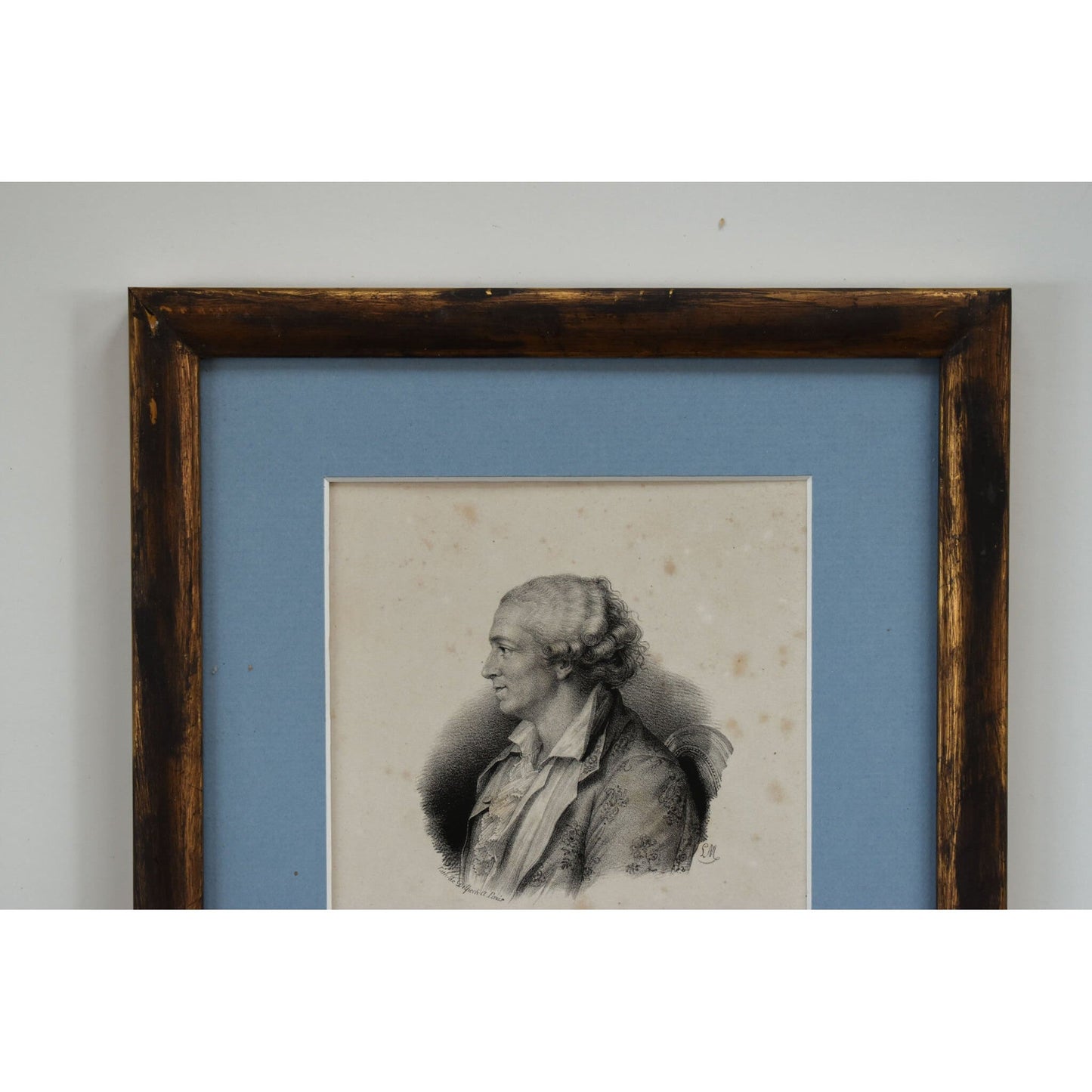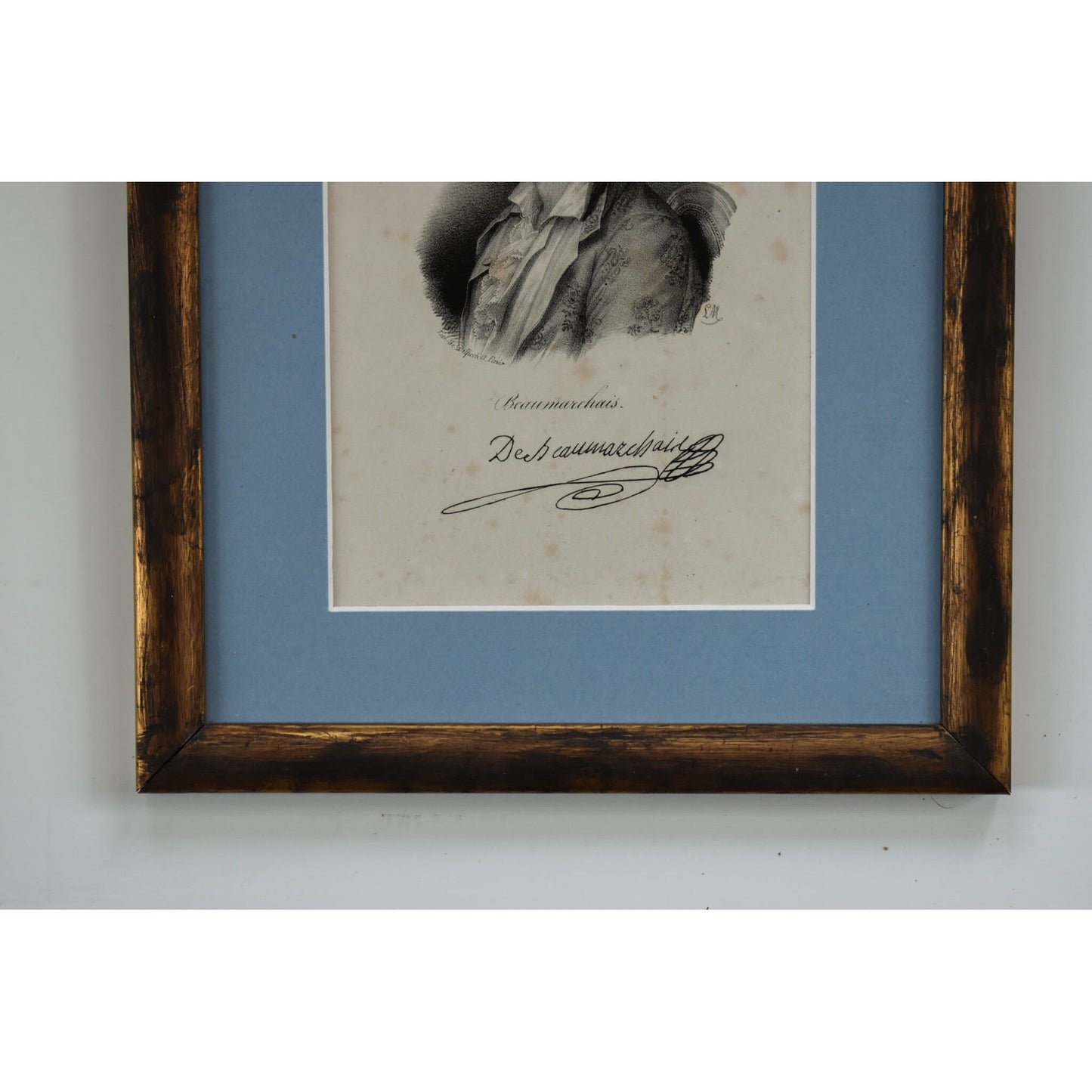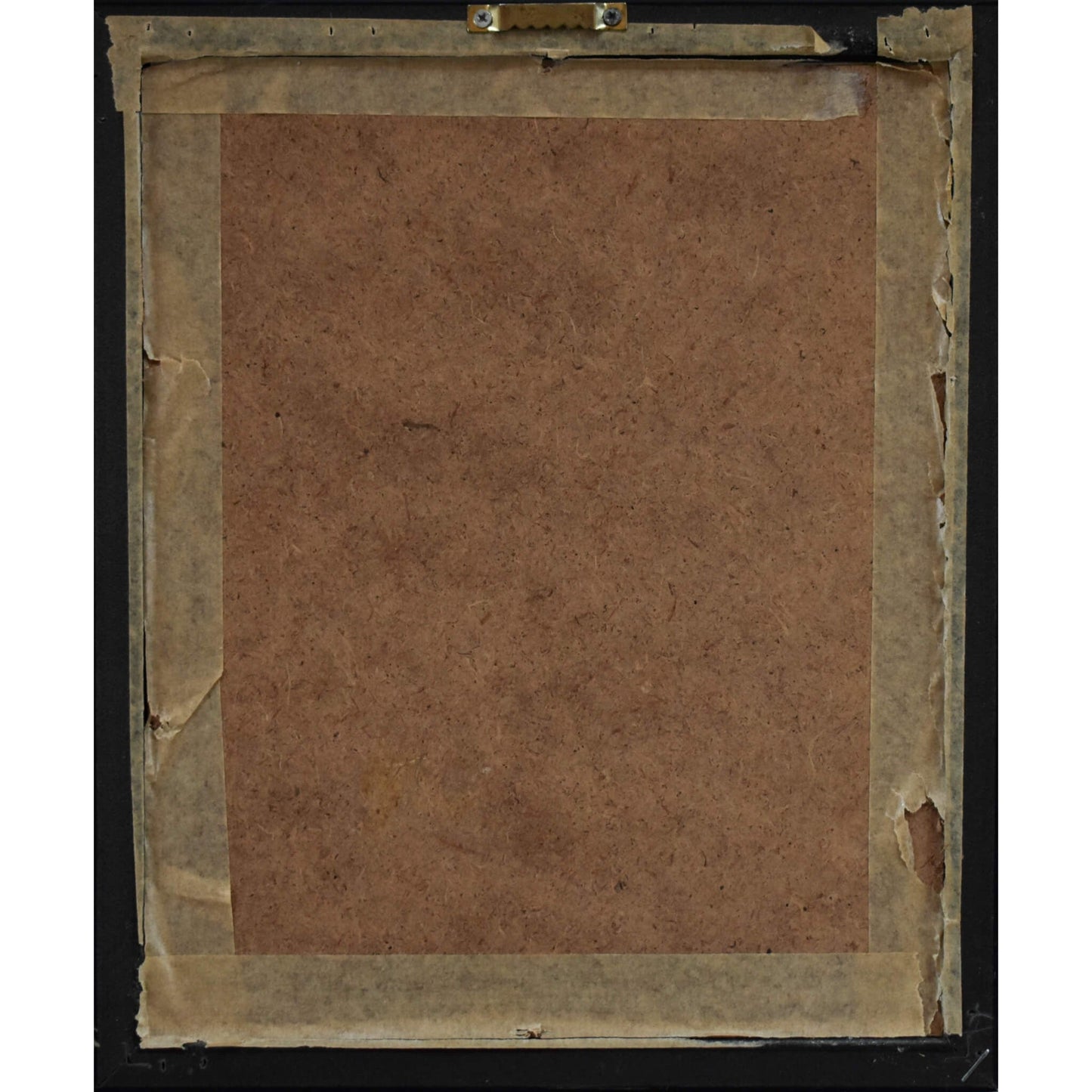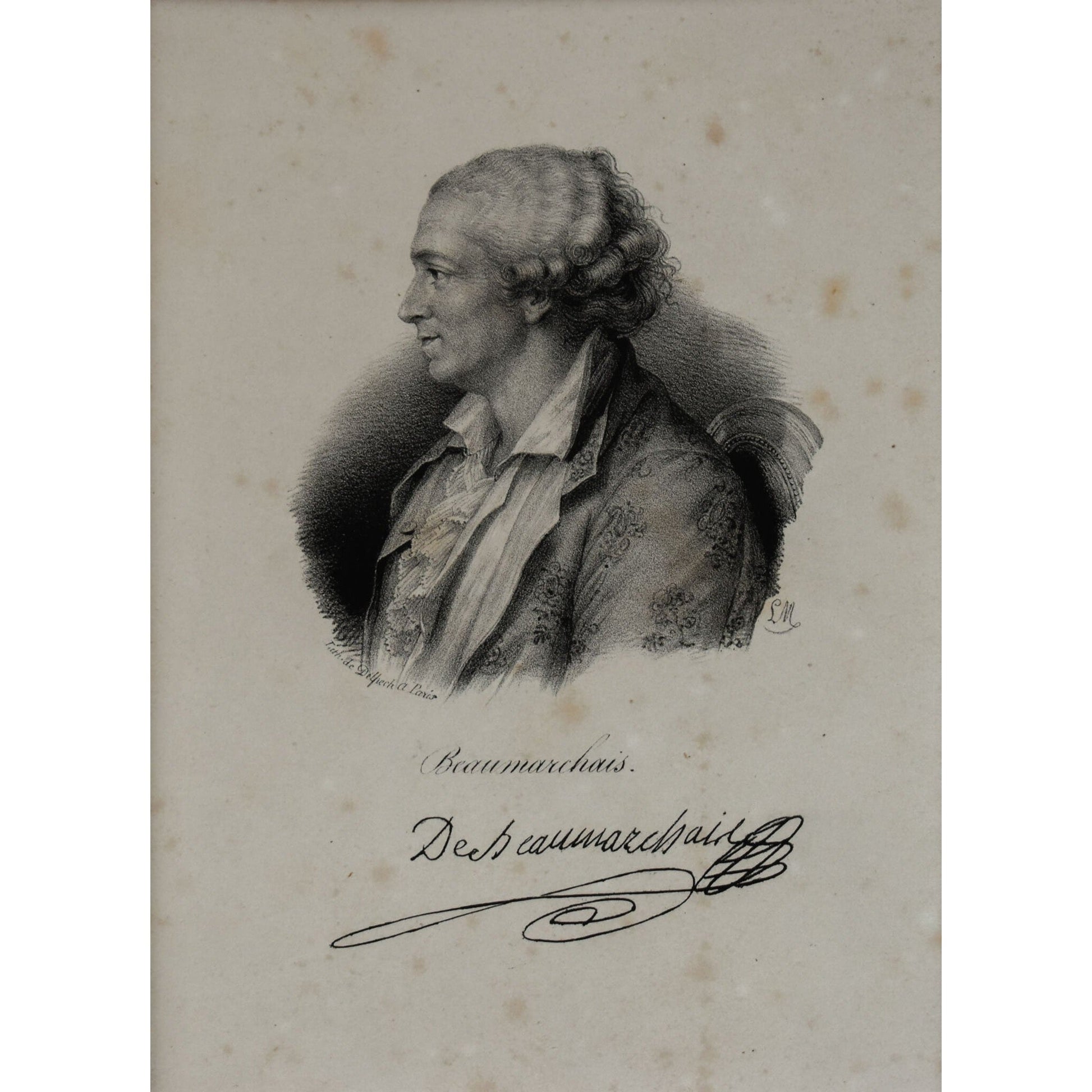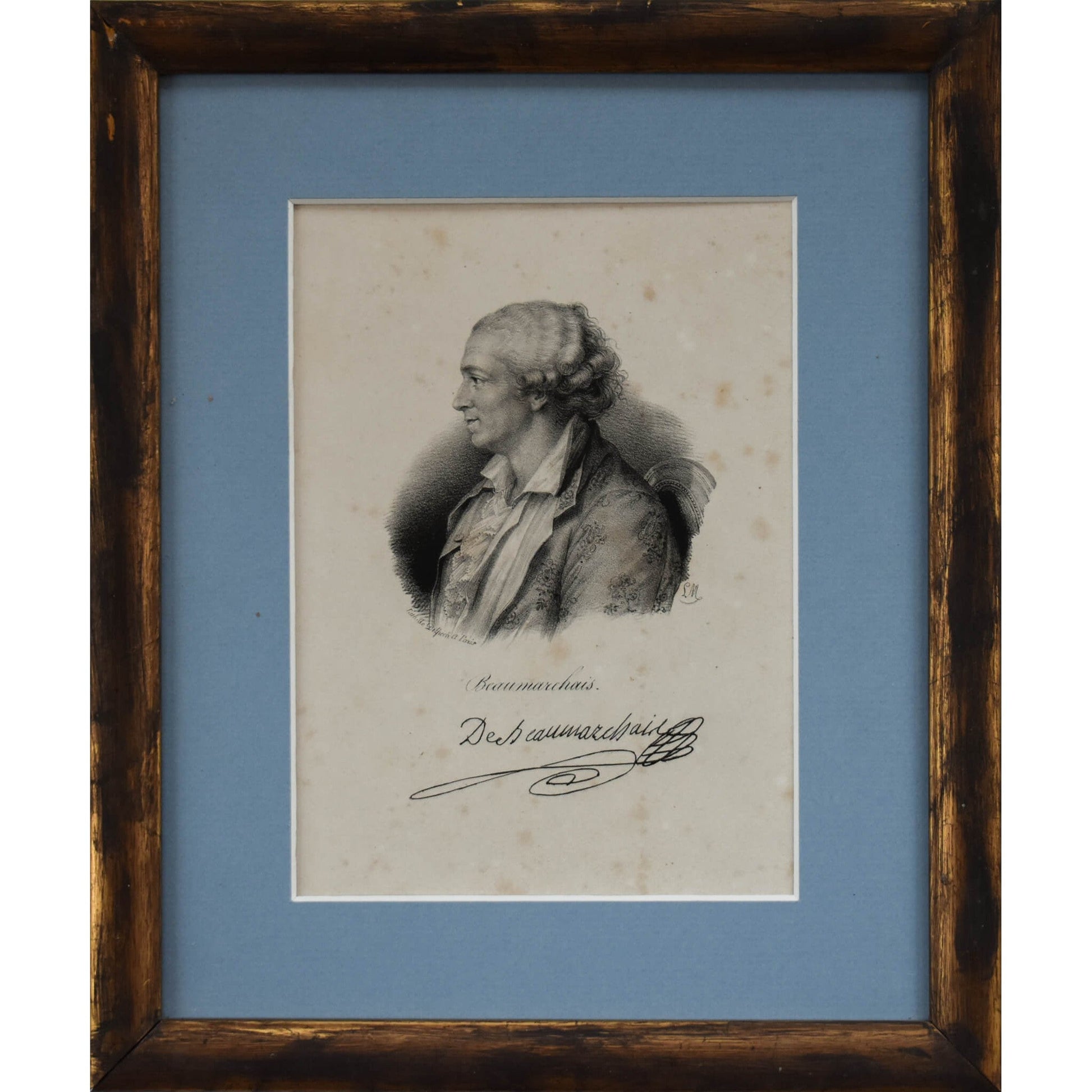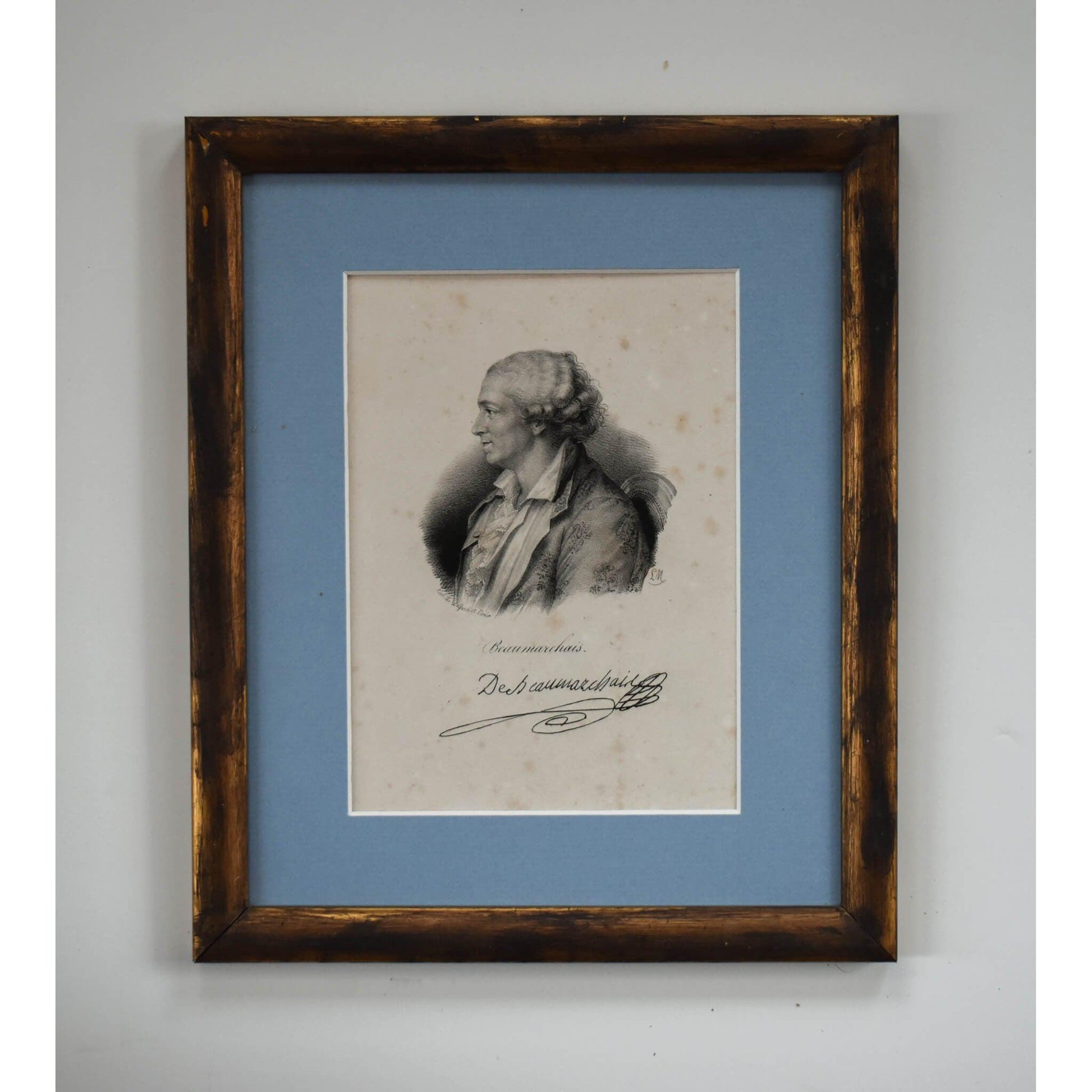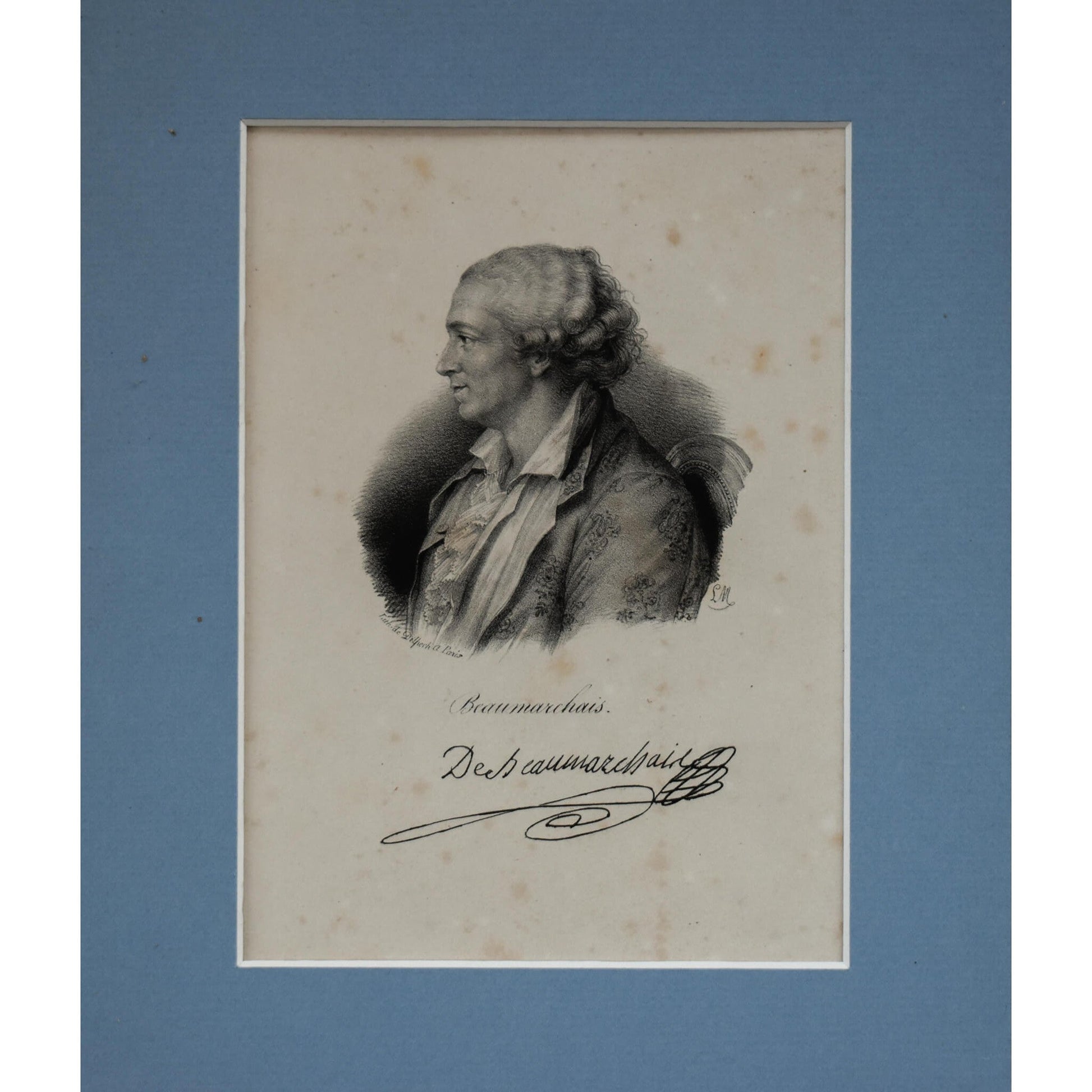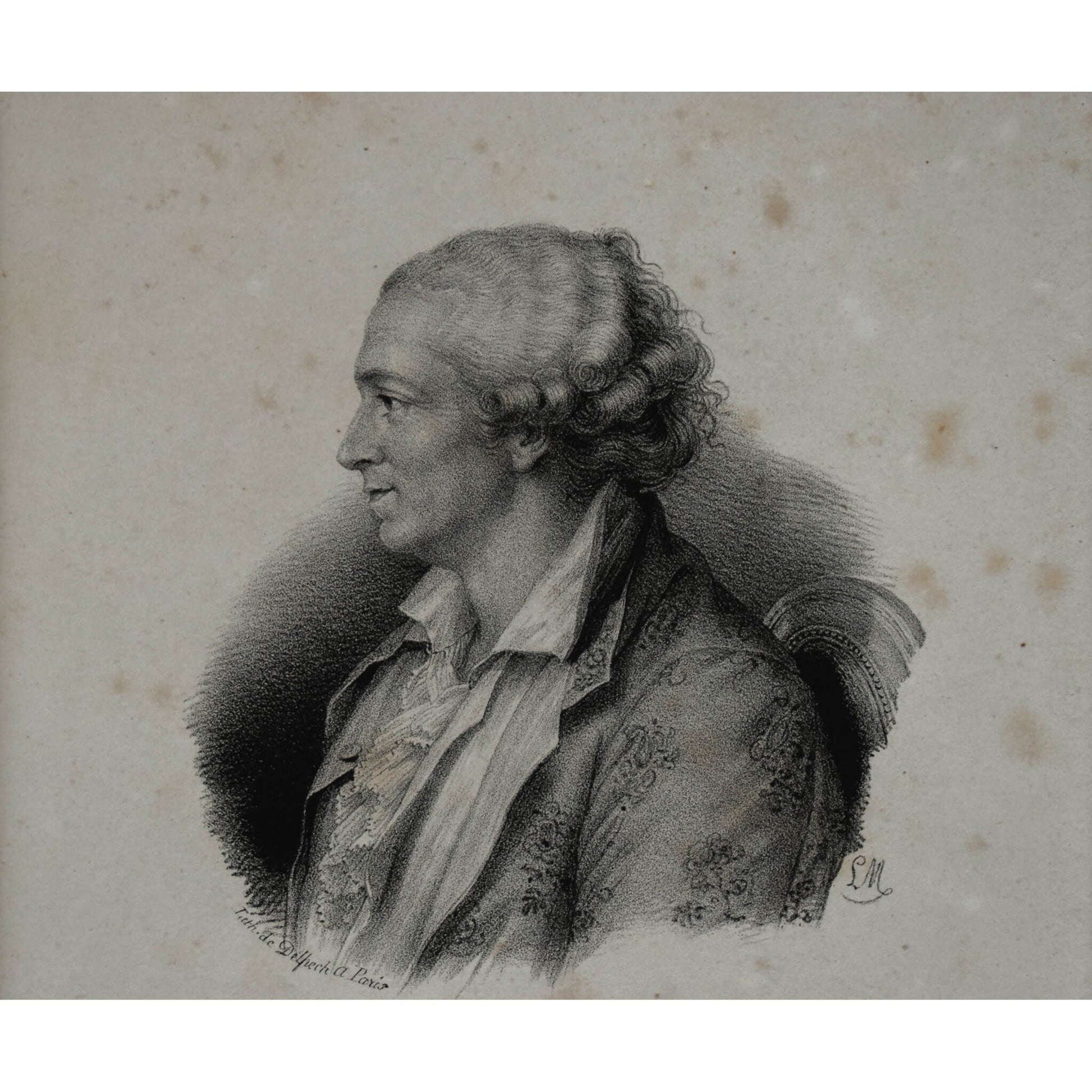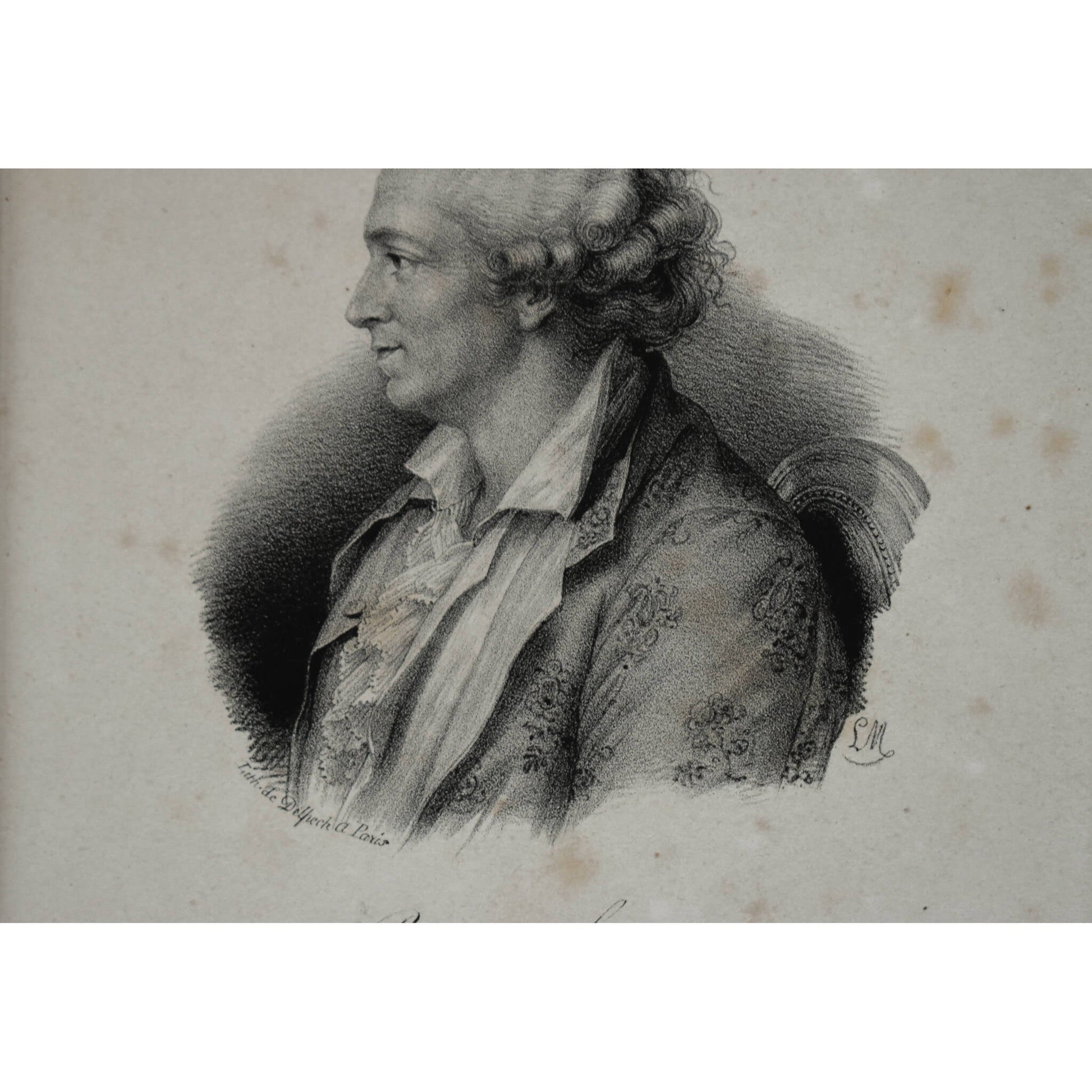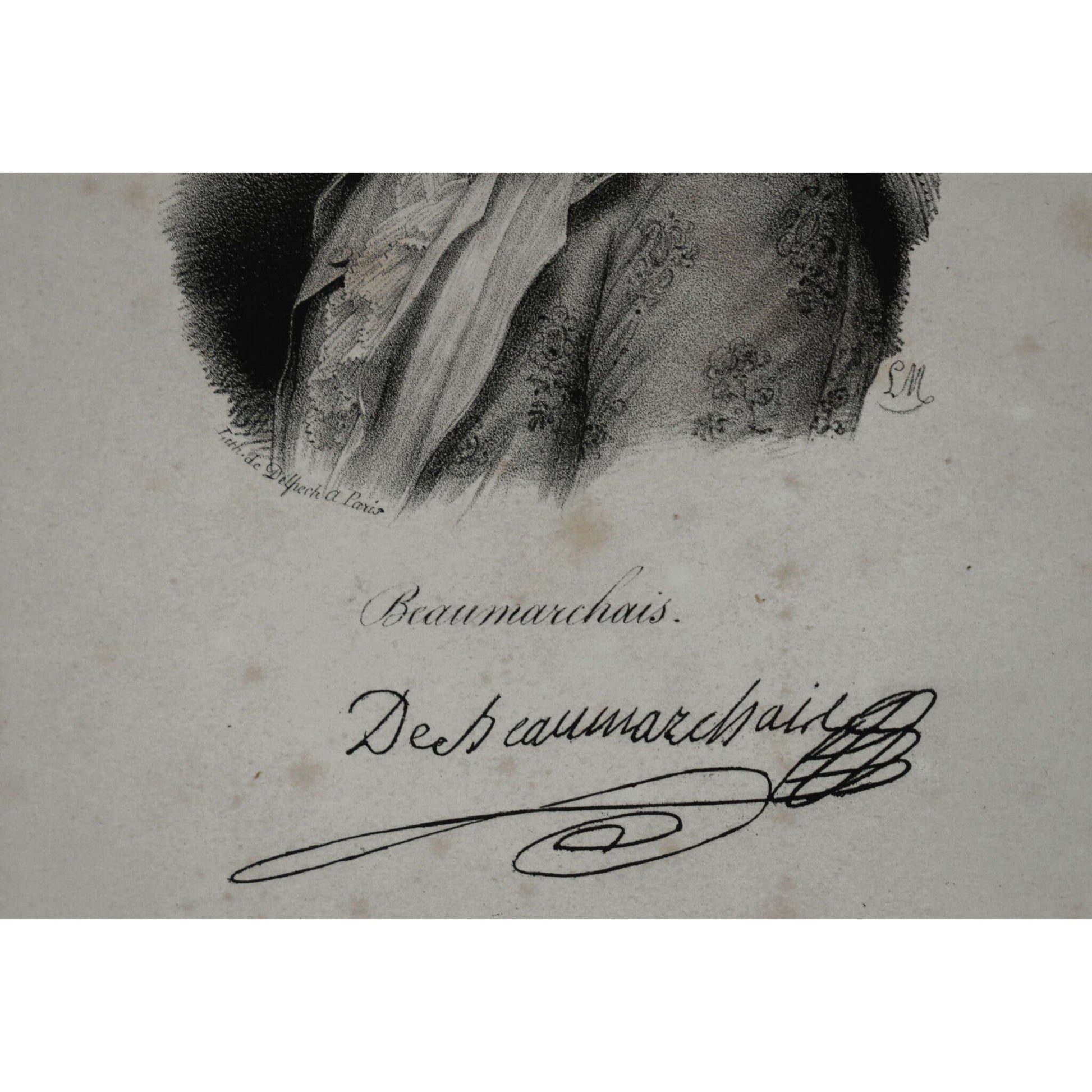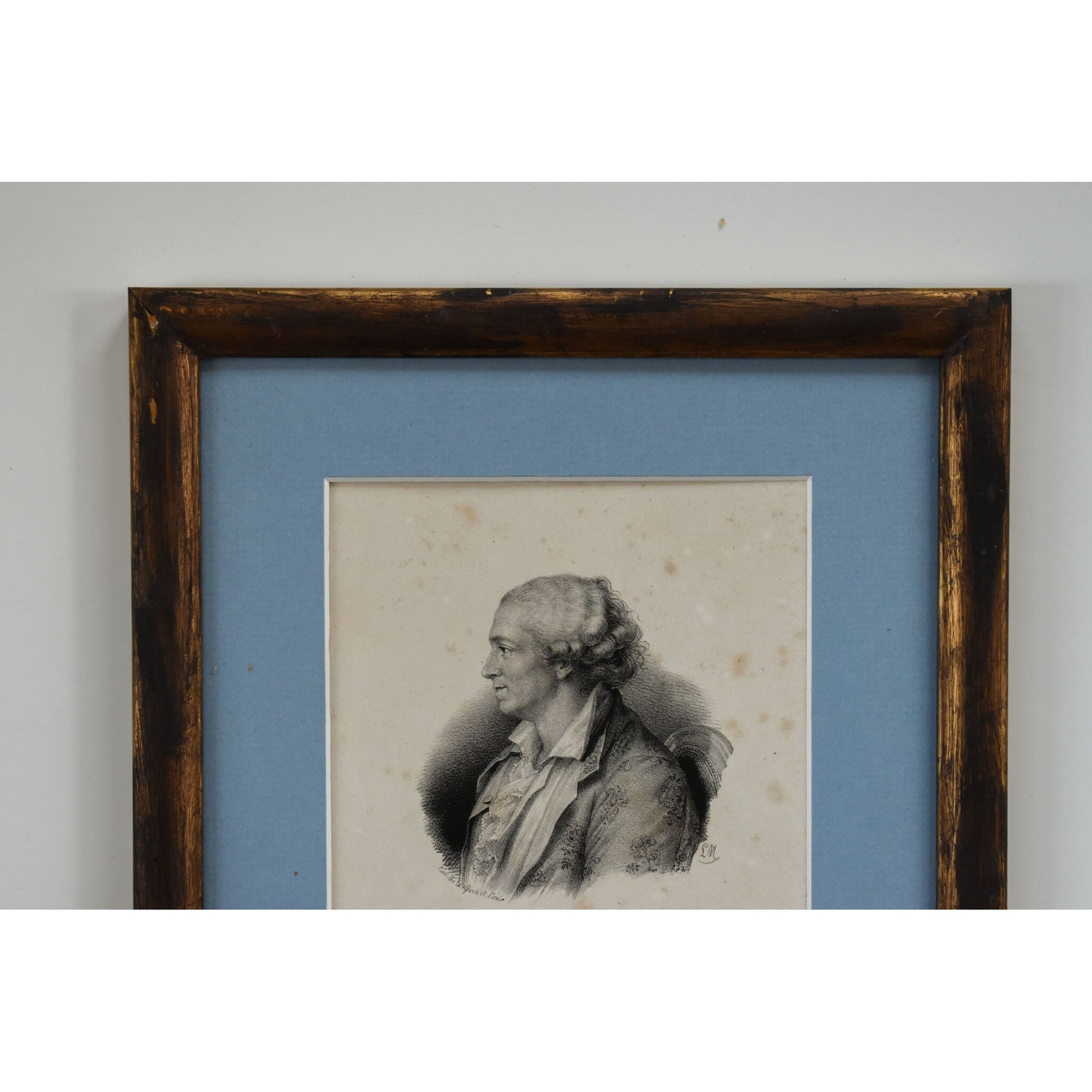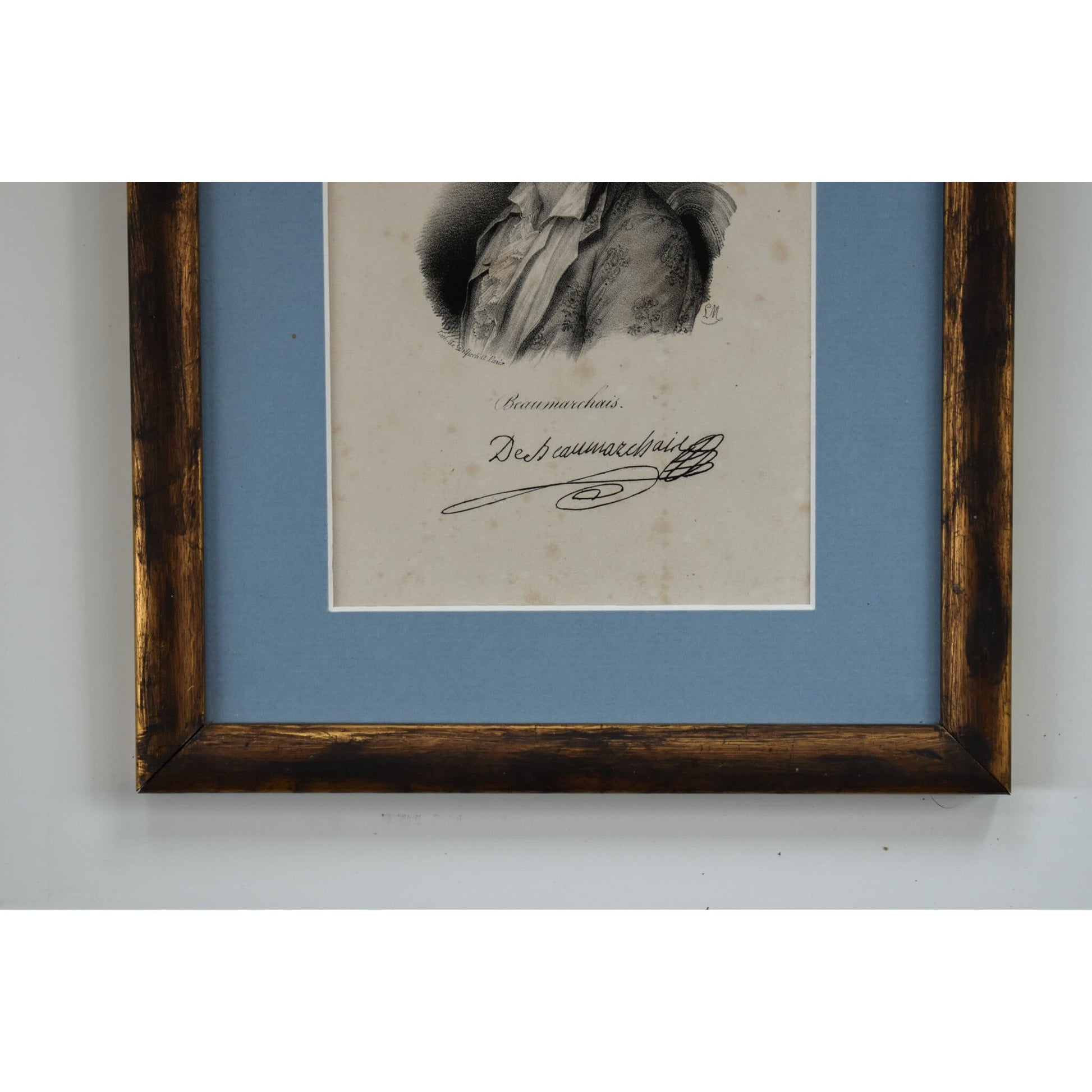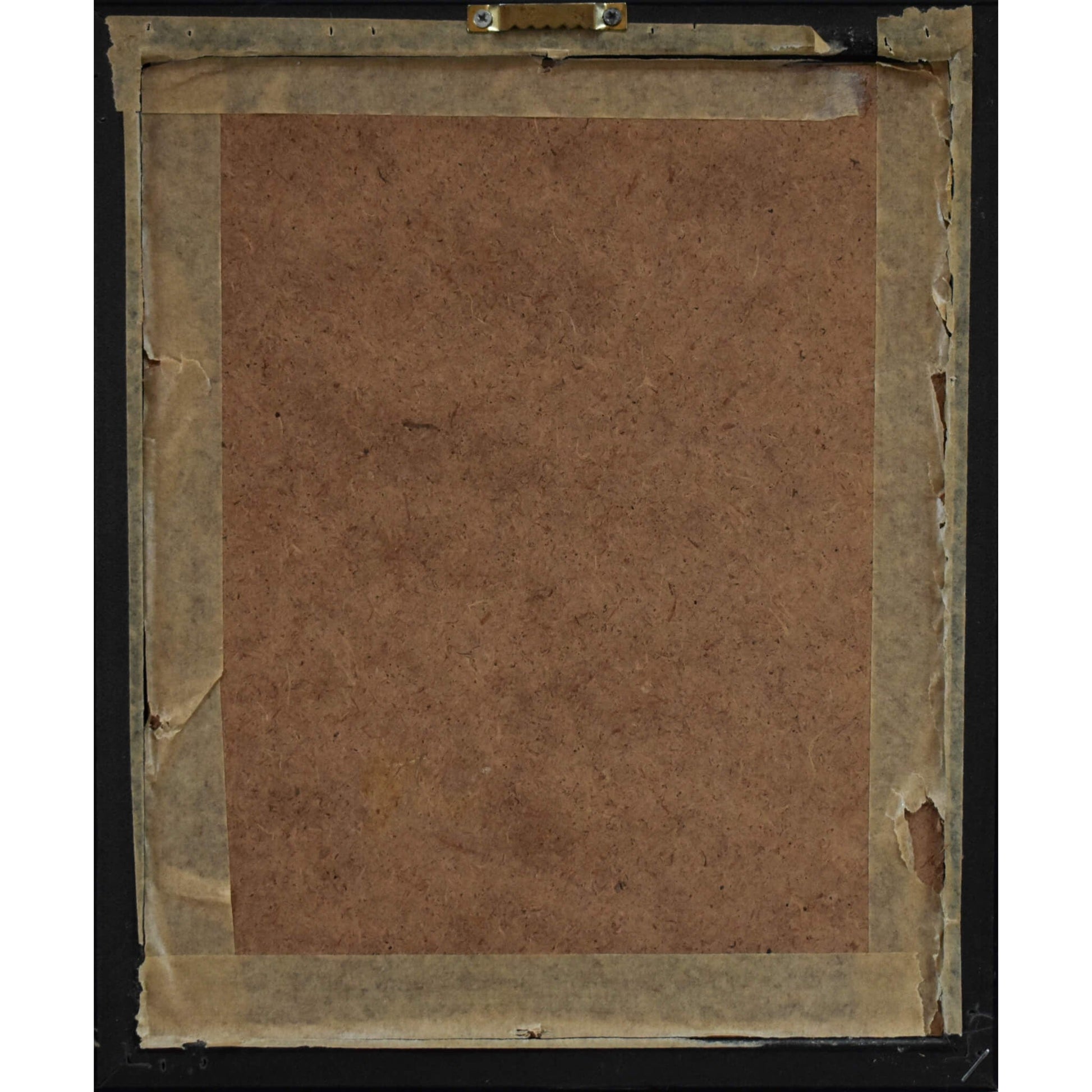François Delpech
François Delpech
Portrait of Caron de Beaumarchais - Circa 1820
Regular price
$90.00 CAD
Regular price
Sale price
$90.00 CAD
Unit price
per
Shipping calculated at checkout.
Couldn't load pickup availability
Pierre-Augustin Caron de Beaumarchais (born Jan. 24, 1732, Paris, France—died May 18, 1799, Paris) was a French author of two outstanding comedies of intrigue that still retain their freshness, Le Barbier de Séville (1775; The Barber of Seville, 1776) and Le Mariage de Figaro (1784; The Marriage of Figaro, 1785).
Although Beaumarchais did not invent the type character of the scheming valet (who has appeared in comedy as far back as Roman times), his Figaro, hero of both plays, became the highest expression of the type. The valet’s resourcefulness and cunning were portrayed by Beaumarchais with a definite class-conscious sympathy. Le Barbier de Séville became the basis of a popular opera by the Italian composer Gioacchino Rossini. The second play, which inspired W.A. Mozart’s opera Le nozze di Figaro (1786), is openly critical of aristocratic privilege and somewhat anticipates the social upheavals of the Revolution of 1789.
Beaumarchais’s life rivals his work as a drama of controversy, adventure, and intrigue. The son of a watchmaker, he invented an escapement mechanism, and the question of its patent led to the first of many legal actions. For his defense in these suits he wrote a series of brilliant polemics (Mémoires), which made his reputation, though he was only partly successful at law. After 1773, because of his legal involvements, Beaumarchais left France on secret royal missions to England and Germany for both Louis XV and Louis XVI. Despite growing popularity as a dramatist, Beaumarchais was addicted to financial speculation. He bought arms for the American revolutionaries and brought out the first complete edition of the works of Voltaire. Of his dramatic works, only his two classic comedies were to have lasting success. Because of his wealth, he was imprisoned during the French Revolution (in 1792), but, through the intervention of a former mistress, he was released.
François-Seraphin Delpech (1778-1825) was a French lithographer known for his portraits of personages of the Revolution and First Empire. At the beginning of the 19th-century, Delpech ran the most popular lithographic print shop in Paris. Delpech not only made beautiful lithographic prints from his own designs, but printed lithographs after designs by other artists, and sold these prints in his shop.
Lithography was a relatively new art form, invented by Alois Senefelder (1771-1834) in Germany around 1798. In 1811, Senefelder published The Invention of Lithography, which was soon translated into English, French, and Italian, and the popularity of the technique soared.
Sources: Princeton University Library; Encyclopaedia Britannica.
Artist: François-Seraphin Delpech (1778-1825)
Medium: Lithograph on paper.
Condition: Good condition.
Dimensions: 25 x 17 cm. / 9 3/4 x 6 3/4 in. (sheet); 18 x 13 cm. / 7 x 5 in. (view).
Frame: 28 x 23.5 cm. / 11 x 9 1/4 in. Gild wood, very good condition.
Origin: France.
Although Beaumarchais did not invent the type character of the scheming valet (who has appeared in comedy as far back as Roman times), his Figaro, hero of both plays, became the highest expression of the type. The valet’s resourcefulness and cunning were portrayed by Beaumarchais with a definite class-conscious sympathy. Le Barbier de Séville became the basis of a popular opera by the Italian composer Gioacchino Rossini. The second play, which inspired W.A. Mozart’s opera Le nozze di Figaro (1786), is openly critical of aristocratic privilege and somewhat anticipates the social upheavals of the Revolution of 1789.
Beaumarchais’s life rivals his work as a drama of controversy, adventure, and intrigue. The son of a watchmaker, he invented an escapement mechanism, and the question of its patent led to the first of many legal actions. For his defense in these suits he wrote a series of brilliant polemics (Mémoires), which made his reputation, though he was only partly successful at law. After 1773, because of his legal involvements, Beaumarchais left France on secret royal missions to England and Germany for both Louis XV and Louis XVI. Despite growing popularity as a dramatist, Beaumarchais was addicted to financial speculation. He bought arms for the American revolutionaries and brought out the first complete edition of the works of Voltaire. Of his dramatic works, only his two classic comedies were to have lasting success. Because of his wealth, he was imprisoned during the French Revolution (in 1792), but, through the intervention of a former mistress, he was released.
François-Seraphin Delpech (1778-1825) was a French lithographer known for his portraits of personages of the Revolution and First Empire. At the beginning of the 19th-century, Delpech ran the most popular lithographic print shop in Paris. Delpech not only made beautiful lithographic prints from his own designs, but printed lithographs after designs by other artists, and sold these prints in his shop.
Lithography was a relatively new art form, invented by Alois Senefelder (1771-1834) in Germany around 1798. In 1811, Senefelder published The Invention of Lithography, which was soon translated into English, French, and Italian, and the popularity of the technique soared.
Sources: Princeton University Library; Encyclopaedia Britannica.
Artist: François-Seraphin Delpech (1778-1825)
Medium: Lithograph on paper.
Condition: Good condition.
Dimensions: 25 x 17 cm. / 9 3/4 x 6 3/4 in. (sheet); 18 x 13 cm. / 7 x 5 in. (view).
Frame: 28 x 23.5 cm. / 11 x 9 1/4 in. Gild wood, very good condition.
Origin: France.
